Description
Discover the cultural richness of Habek Mint, a variety steeped in tradition and often referred to as Bible Mint due to its long-standing presence in the Levant and surrounding regions. Thought to be one of the mints referenced in ancient texts, this herb has been used for centuries in Middle Eastern and Mediterranean herbal practices, both for its aromatic fragrance and digestive properties.
This mint also provides us with one of the other Mentha conundrums. What is it called, and where is it from?! I received it from a Plant Guardian and can recognise the difference between it and Eastern/Desert Mint. It obviously has smaller leaves, yet they are still very slender. Kew names a suspiciously similar mint: Mentha longifolia subsp. longifolia with 466 synonyms! And others have suggested it be botanically classified as Mentha longifolia subsp. noeana. An alternative classification, as recognised by the Slow Food Foundation for Biodiversity, identifies this mint as Mentha longifolia subsp. typhoides (which I’m very confident it is not!), known locally as’ Habak’, native to northeastern Africa, especially in the Sinai region of Egypt. Growing near surface water in the wadis (valleys) of the Ring Dyke, ‘Habak’ is cherished by Bedouin communities, both for medicinal teas that soothe the stomach and as an indicator of underground water sources. Its abundant blossoms are vital for wild pollinators, yet sadly, climate change, over-harvesting, and pharmaceutical exploitation have led to serious decline in its natural populations.
Whatever perspective taken, Habek Mint is robust and drought-tolerant, making it a reliable addition to herb gardens. Its slightly woolly, pale green leaves release a refreshing spearmint-like scent, and the flavour is mild and mellow, making it ideal for teas, traditional dishes, and medicinal infusions. It will struggle being outside through winter in the UK though!
Whether you’re growing it for culinary use, cultural connection, or aromatic enjoyment, Habek Mint brings a layer of historical significance and sensory delight to your garden.



Reviews
There are no reviews yet.